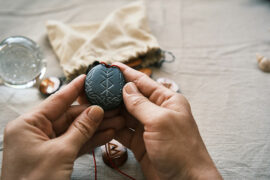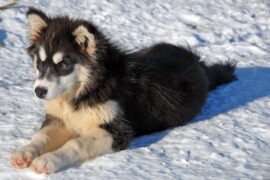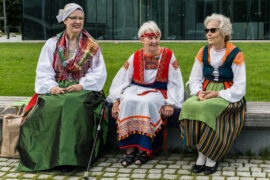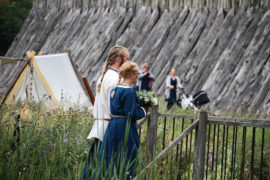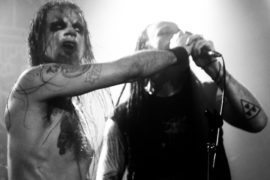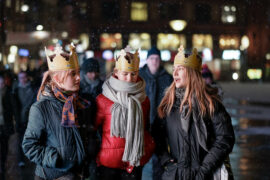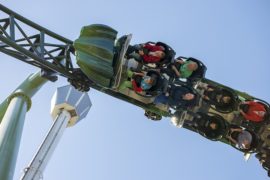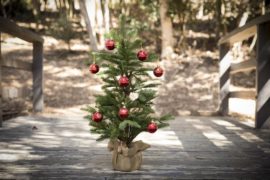Nordic folklore, with its roots in the captivating mythology of the Norse, reveals an extraordinary tapestry of mythical creatures that have captivated generations.
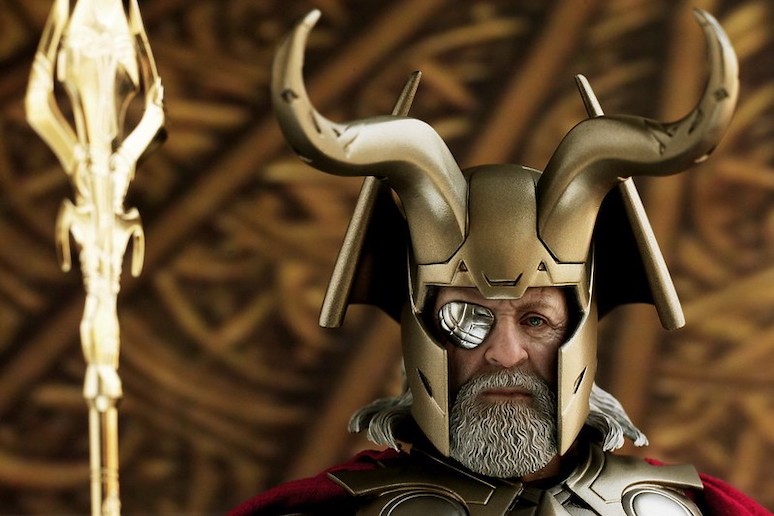
From cunning trolls to mighty gods, these beings hold a cherished place in Scandinavian culture.
Their tales have been passed down through generations, not only as bedtime stories but as moral lessons, guiding principles and reflections of the human condition.
Beyond shaping everyday life, these myths have left an indelible mark on Nordic literature, art and language, forging a profound connection between past and present.
Join us on a journey to explore Nordic folklore and its mythical creatures, unraveling the mystical enchantment that inspires Scandinavians and enthusiasts alike.
Norse mythology vs local folklore
As we delve deeper into the realm of Nordic folklore, we can distinguish between creatures from Norse mythology and those from local folklore, which bear the marks of later influences.
Norse mythology is rooted in the pre-Christian beliefs of the Scandinavian people. They introduced the “original” stories and beings.
Local folklore, on the other hand, was influenced by Christianity and other later stories.
With a mix of pagan and Christian elements, these tales were passed down through oral traditions. A good example is the stories of trolls and elves.
These distinctions reveal a fascinating interplay of ancient and evolving beliefs, shaping the rich tapestry of Scandinavian legends.
Gods and goddesses
To immerse yourself in the essence of Norse mythology, familiarizing yourself with key gods and goddesses is essential. Here are a few you should know.
Loki
Loki, a cunning trickster god and son of giants in Norse mythology, possesses shapeshifting abilities that he often uses to deceive gods and humans alike.
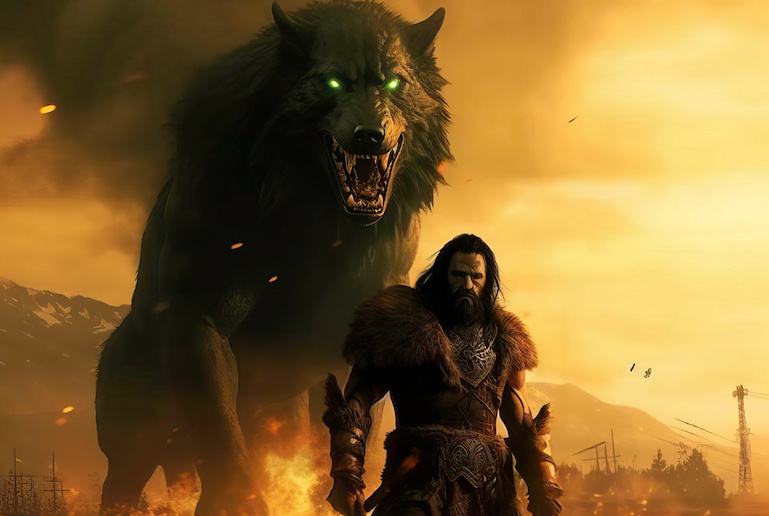
His actions frequently lead to significant events in the Norse myths, making him a complex and pivotal figure.
Odin
As the All-Father and ruler of Asgard, Odin embodies wisdom and the mastery of magic.
He’s often depicted as an elderly man with his ravens, Huginn and Muninn, who bring him information from across the world.
He presides over Valhalla and is associated with war, poetry and wisdom.
Thor
Thor, the god of thunder and protector of Asgard, wields a powerful hammer called Mjölnir, and can summon storms and lightning.
His adventures and battles with giants symbolize protection and the forces of nature.
Freyja
Freyja, the goddess of love, fertility and beauty, is often depicted wearing a necklace of golden amber, Brísingamen.
She plays a key role in the Vanir-Æsir War and receives fallen warriors in her hall, Folkvangr.
For more on these characters and others, check out our Ultimate guide to Norse gods, goddesses and giants.
Other mythological beings
Aside from the classic gods and goddesses of Norse mythology, there are a ton of mythological beings and creatures to discover. Here are a few to pique your curiosity.
Fenrir
Fenrir, a monstrous wolf and child of Loki, grows larger and stronger over time, signifying a potent symbol of chaos and destruction.
His involvement in the death of Odin at Ragnarök marks him as a key figure in the Norse beliefs.
Jörmungandr
Jörmungandr, the Midgard Serpent and sibling of Fenrir, encircles the world, lying submerged in the oceans.
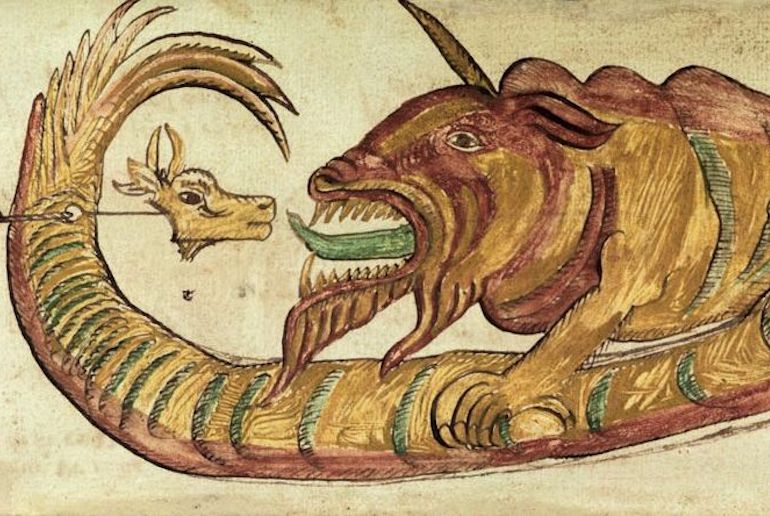
As a symbol of the impending cataclysm of Ragnarök, it holds great significance in Norse mythology.
Hel
Hel, the goddess of the underworld, rules Helheim and governs the fate of those who die from illness or old age.
She is depicted as half-living and half-corpse and plays a central role in the Norse concept of the afterlife.
Huldra
The Huldra, a seductive forest spirit in Scandinavian folklore, lures mortals into the forest with her beauty, embodying temptation and danger.
She is often depicted as a woman with a cow’s tail, but can also appear fully human.
Näcken
Näcken, a lonely male water spirit in Scandinavian (particularly Swedish) folklore, seduces and drowns unwary passersby with his haunting voice and fiddle, serving as a cautionary tale.
He typically resides in rivers and lakes, warning of the dangers beneath tranquil waters.
Trolls
Trolls are ancient beings that dwell in remote landscapes. They can be large, and may even possess the ability to turn into stone.
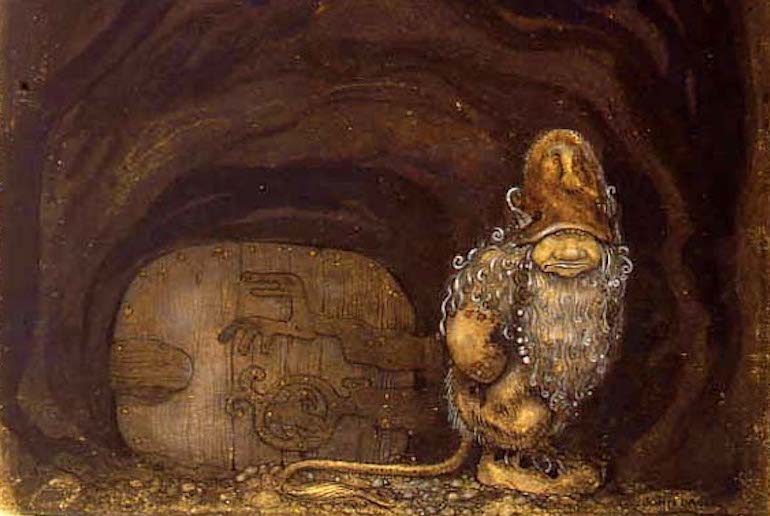
These creatures often serve as cautionary figures or formidable adversaries in stories.
Vätte/Vættir
Vätte, or Vættir, are small nature-dwelling spirits in Swedish folklore that maintain the balance between humans and nature, teaching respect for the environment.
Be careful! These little creatures can play pranks when they feel disrespected.
Elves
Elves are mythical beings of beauty and magical prowess, playing various roles in mythology and folklore and symbolizing the connection between nature and the supernatural realm.
They are often depicted as ethereal creatures and can possess extraordinary abilities.
Use of mythological creatures in modern culture
The mythical creatures of Nordic folklore continue to thrill modern audiences through various forms of entertainment.
In the video game world, there are almost endless games that reference Norse mythology and their beings.
In “God of War” and “Assassin’s Creed Valhalla,” players can immerse themselves in thrilling Norse adventures and encounters with legendary beings like Fenrir and Jörmungandr.
Popular TV shows like “Vikings” and “The Last Kingdom” skillfully blend mythological creatures into their narratives, presenting a mesmerizing mix of history and mythology.
And, of course, in blockbuster movies like “Thor” and “The Avengers,” the Norse gods are brought to life with epic grandeur.
The enduring presence of these fascinating creatures in modern culture is a testament to the everlasting magic of Nordic folklore’s legacy.
Influence on language and literature
The creatures of Nordic folklore have left an indelible mark on Scandinavian language and literature.
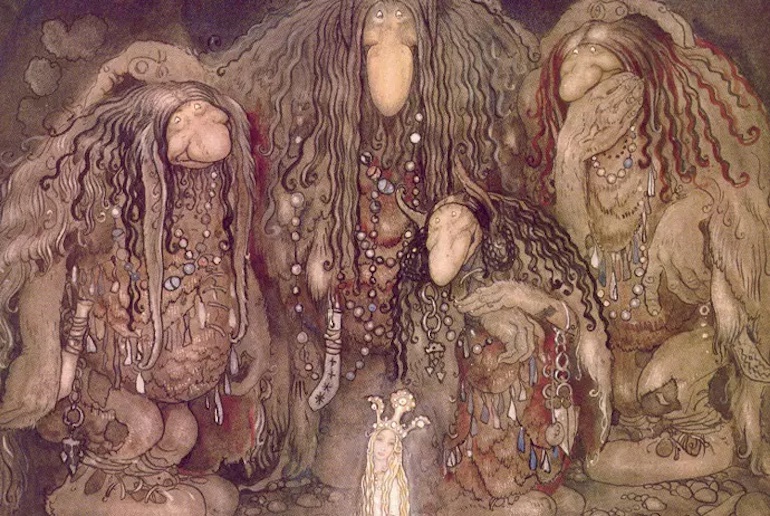
Classic works like John Bauer’s book Bland Tomtar och Troll (Among Gnomes and Trolls) showcase how the stories of these mythological beings are woven into captivating tales.
The influence extends beyond Scandinavia, with J.R.R. Tolkien drawing inspiration from Norse mythology in works such as “The Lord of the Rings.”
Shieldmaidens and dwarves in Tolkien’s tales pay homage to the rich tapestry of Norse legends.
While this article focuses on Norse folkloric creatures, other central elements such as gods, runes and magic also hold a significant place in the intricate world of Norse mythology.
Yggdrasil, the world tree
Yggdrasil, the cosmic world tree, plays a central role in Norse cosmology, connecting the realms of gods, humans and mythical beings.
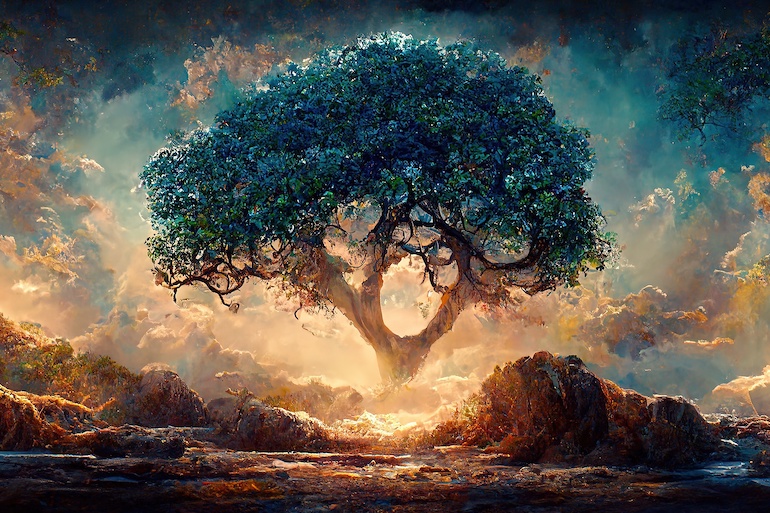
Its vast branches extend across the universe, while its roots are guarded by the dragon Níðhöggr, who constantly gnaws at its base. An eagle perches at its peak, observing the realms below.
Even in modern Norse paganism, Yggdrasil remains a potent symbol, representing the interconnectedness of all existence and the enduring legacy of Norse mythology.
Its imagery is often reproduced in tattoos, reflecting its profound significance and timeless allure to this day.
Runes and magic
The use of runes, ancient symbols with mystical properties, goes beyond mere writing – they served as tools for divination and unlocking hidden knowledge.
Delving into runic inscriptions and their interpretations reveals a fascinating glimpse into the Norse mindset and beliefs.
A central figure in Norse magic is the Norns, enthralling fate-weaving entities. These powerful beings shape the destinies of gods and mortals alike, spinning the threads of life and influencing the course of events.
The intertwining of runes and magic in Norse mythology adds depth and wonder to the tales of gods, heroes, and mythical creatures.
The wisdom passed down through runes and the enigmatic work of the Norns continue to inspire modern enthusiasts seeking to connect with the mystical roots of Norse culture.
Viking symbols and their meanings
Viking symbols are a testament to the rich tapestry of Norse mythology, infusing ancient beliefs and stories into tangible representations.
Valknut
The Valknut, a symbol of three interlocking triangles, is often associated with Odin, symbolizing his power over life, death and destiny.
It’s often found at burial sites, representing the journey to the afterlife under Odin’s watchful eye.
Vegvísir
The Vegvísir, the compass symbol, is believed to have guided Vikings through treacherous seas. It acts as a spiritual compass, helping seekers through life’s challenges and leading them to their desired destinations.
For more on this important symbol, see What is the Vegvisir symbol and what does it mean?
Mjölnir
Perhaps the most iconic symbol of them all is the Mjölnir, or Thor’s mighty hammer, a symbol of strength, protection and thunderous power.
Worn as a pendant or depicted in artwork, Mjölnir embodies Thor’s indomitable spirit, channelling his might to shield its wearer from harm and ward off malevolent forces.
These symbols of Norse mythology not only serve as inspiring reminders of the Viking era’s bravery and beliefs but also have significance in contemporary culture, evoking the enduring allure of gods, mythical creatures and the enduring spirit of the Vikings.
See also:
Finnish mythology and the Kalevala
Jotunn: a giant in Norse mythology
Heimdall: Norse mythology’s watchman

